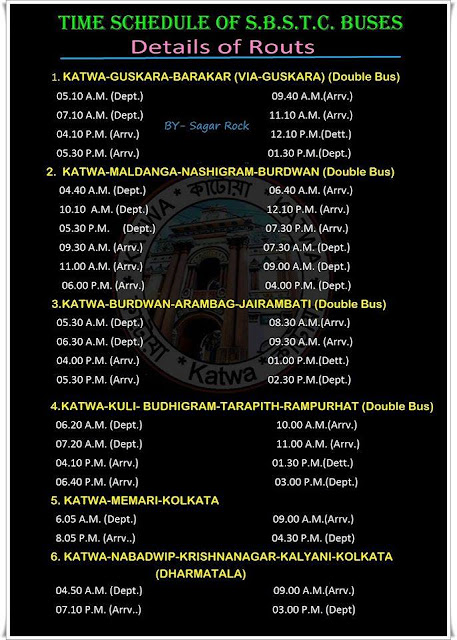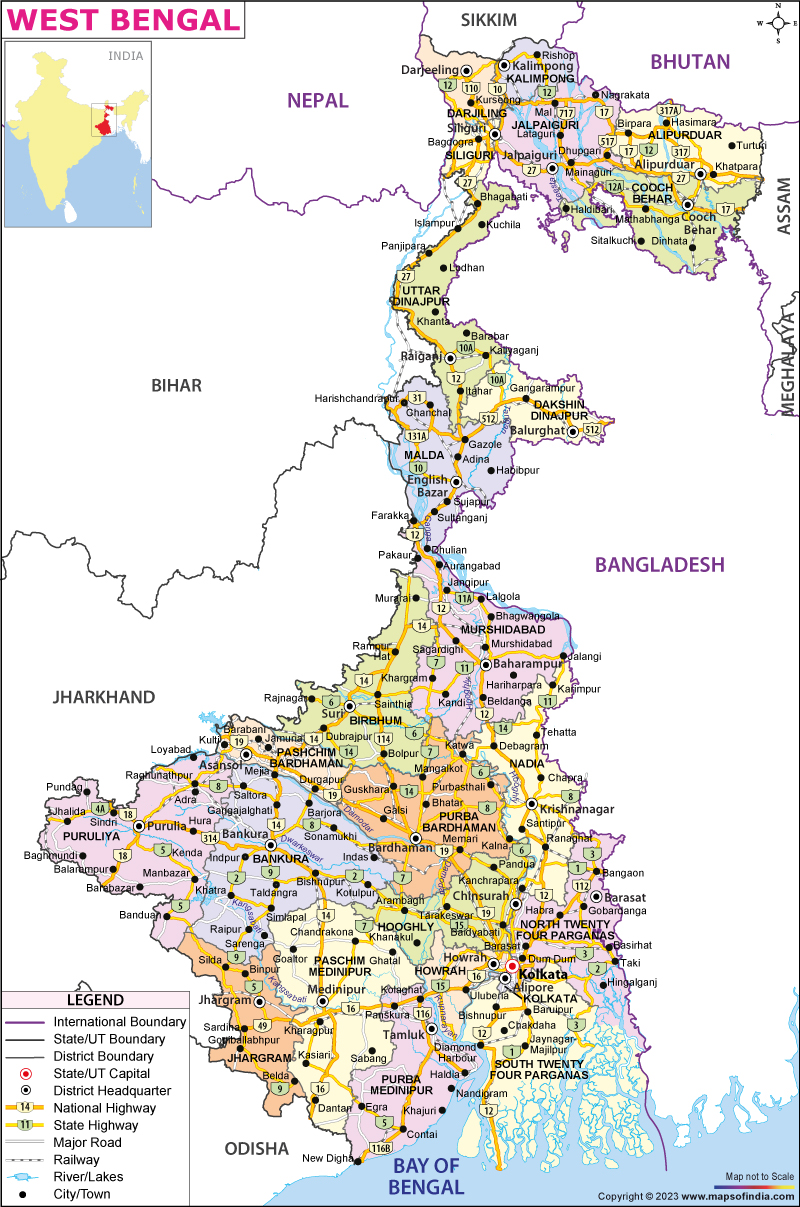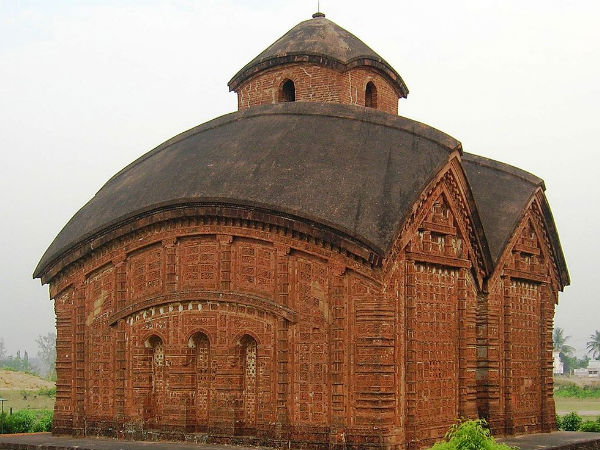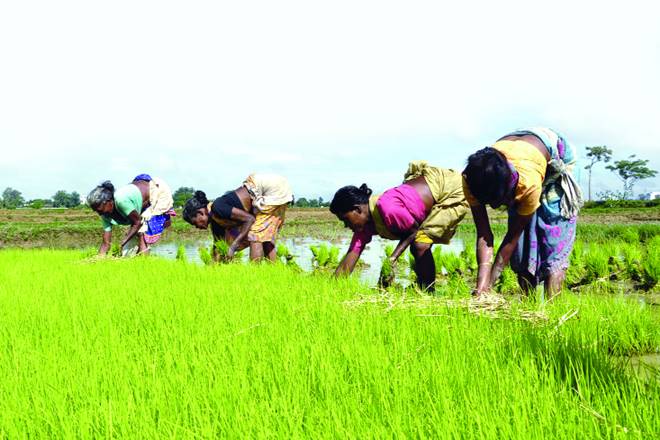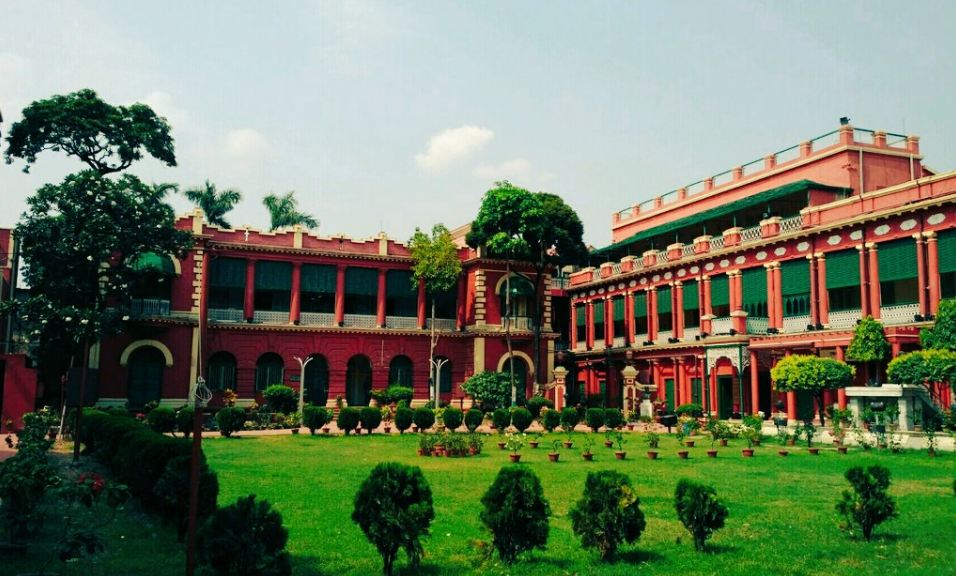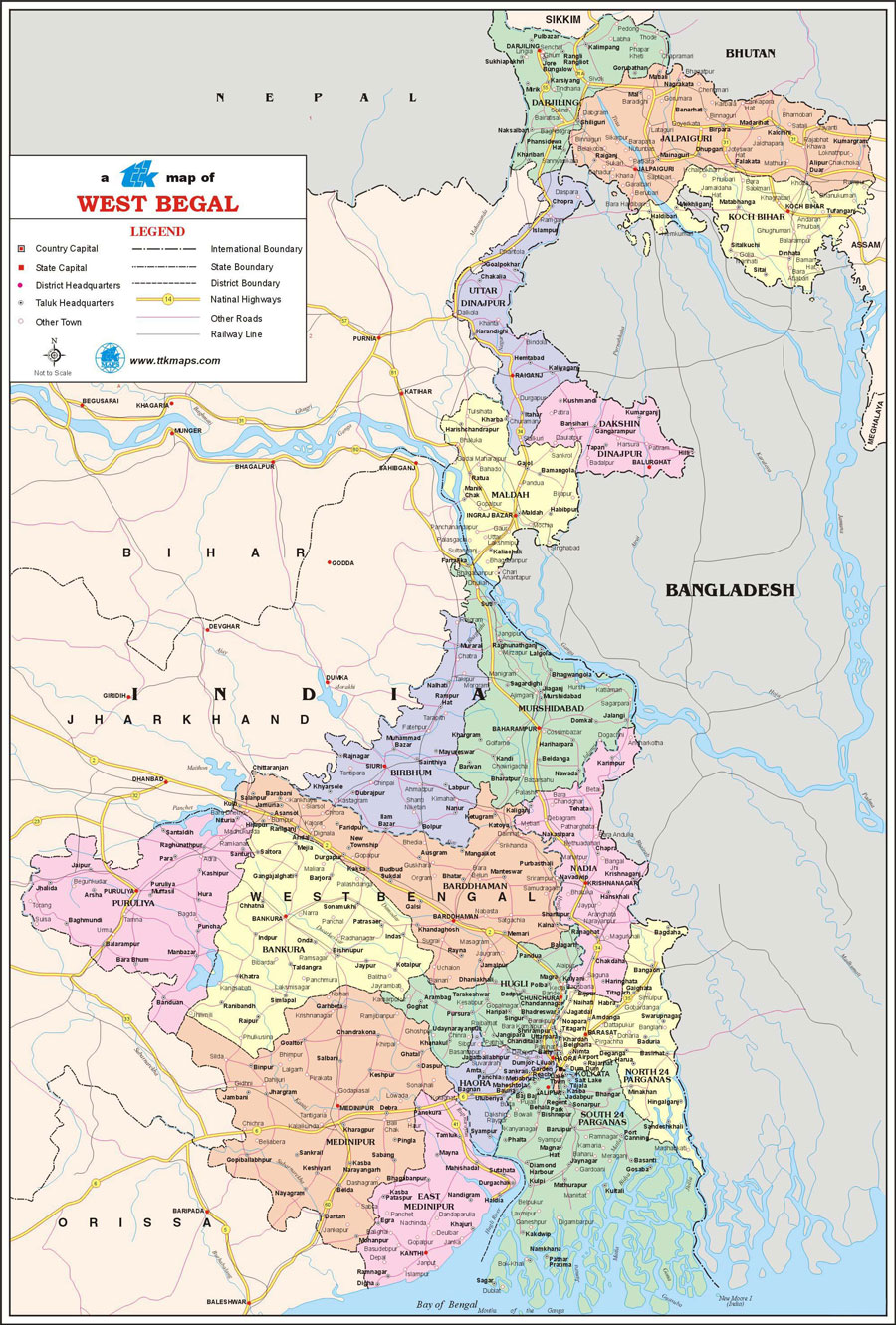South Bengal State Transport Corporation (SBSTC) Bus| SBSTC Bus time table
South Bengal State Transport Corporation (SBSTC) Bus
Amenities on SBSTC buses
Popular Travel Routes
SBSTC covers a wide range of cities and towns providing a vast network of its buses to its passengers. Some of the cities and towns that are covered by the buses of SBSTC are Suri, Habra, Barrackpore, Futishanko, Asansol, Durgapur, Kolkata, Singur, Gobindapur, Bardhaman, Arambagh, Suri, Purulia, Digha, Medinipur, Bankura, Haldia etc. The most popular routes covered by SBSTC buses are listed as follows:
- Kolkata to Burdwan
- Kolkata to Durgapur
- Durgapur to Kolkata
- Digha to Kolkata
- Burdwan to Kolkata
- Midnapore to Digha
- Asansol to Digha
- Midnapore to Durgapur
- Midnapore to Jhargram
Types of SBSTC Buses
SBSTC has a fleet of 661 buses that cover a large part of West Bengal and South Bengal. The fleet has various types of buses which may be chosen depending upon the facilities required and the price paid. An SBSTC bus can be of following types:
• Limited Stop Service: These are the buses that run directly from one point to another without many stoppages on its way. It is basically for the people who wish to travel on long routes without many stops.
• Express Service: These buses can be easily booked on red bus app and bus stand for all its routes.
• Non-stop Service: These are the buses that just run from the boarding point to the destination point without any stays on its way.
• Standard AC: These are the buses that are a bit below the Premium AC buses and are a bit cheaper as compared to them.
• Premium AC: This type of SBSTC bus is considered to be the most luxurious one. These are entirely air-conditioned with many more amenities added.
Popular Cities Covered
SBSTC connects various cities of South Bengal and West Bengal by forming a network through its buses. Major cities covered by SBSTC are listed below:
- Haldia
- Suri
- Purulia
- Digha
- Bankura
- Durgapur
- Singur
- Gobindapur
- Bardhaman
- Arambagh
- Asansol
Popular Pilgrimage Destinations with SBSTC
SBSTC makes it very convenient for its passengers to travel to some famous places and tourist attractions. South Bengal is very famous for an area known as Gangasagar, which is not only a tourist attraction but also one of the major pilgrimage destinations of Bengal. SBSTC has special routes specifically for these pilgrimages.
South Bengal State Transport Corporation (SBSTC) Bus Routes & Timings
Durgapur Bus Depot Time Table :--
Bankura Bus Depot Time Table :--
Midnapore Bus Depot Time Table :--
Labels: India, West Bengal






